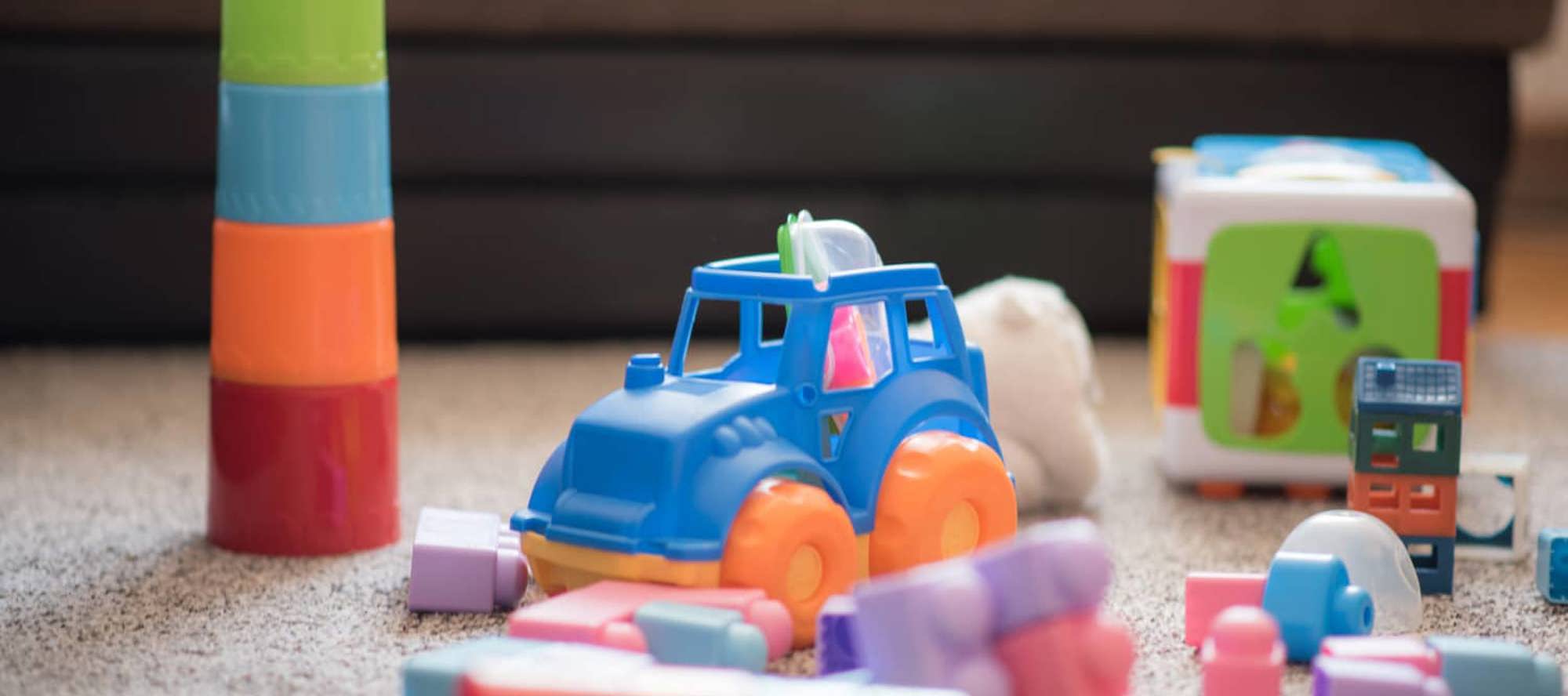Someone once asked me if I found my work for the NSPCC ‘a bit depressing’ due to the fact the research I do is in the area of child abuse and neglect.
Whilst there is no doubt that at times hearing about interviewees past experiences can be distressing, often when evaluating NSPCC services, I hear positive stories.
For instance, in the Graded Care Profile 2 (GCP2) case study research I was recently involved in I heard examples where families had really turned their lives around following their assessment with this tool.
The GCP2 is an assessment tool that helps practitioners take a strengths-based approach to measuring the quality of care a child is receiving. It is often used when there are concerns about a child’s welfare, in particular potential neglect. Professionals use the GCP2 to ‘grade’ the level of care (from one to five) through a combination of observations and discussions with the family and other professionals. The tool uses a ‘traffic light’ colour coding system to visually illustrate areas where parents are: doing well (green), or areas where there are difficulties (amber/red).
The tool can be used to highlight where families may need additional support, and practitioners can help to provide this, or signpost them to other services. 92 Local Authorities are currently using the GCP2.
We interviewed parents assessed with the GCP2, their social/support worker who assessed them and sometimes an additional practitioner working with the child. This research aimed to find out about the difference this tool made to families and learn about barriers which made it harder for families to change. Four local authorities were involved.
I was surprised about how frank the parents were in their interviews. Some said that the assessment process made them realise that they had been neglecting their children:
“I was neglecting my children... There were things on the floor. It made it worse because (my child) crawls and (my social worker) said ‘by you not hoovering up it’s all going onto his legs’. At first, I thought, ‘Yeah, right.’ Then she started explaining it.. she said, “Look at this area (On the GCP2) Look at that area.” It started to click, I thought, “She’s right.. Put yourself in his position.”
Mother.
Practitioners said the GCP2 helped them to communicate with the families where there were concerns, which led to discussions about how to address difficulties or sometimes further interventions. Parents liked the fact the GCP2 was very visual and helped to identify what they were doing well as well as areas where they were struggling:
“(The GCP2) is good because it has positives and negatives, so (social worker) will point out what's going really well for us... (as well as what) isn't going well... She will say (things like) “’You’re meeting all your children’s medical needs, you’re accessing all the right support’”
Parent.
It was great to hear about positive changes that parents had made following their assessment, such as de-cluttering houses, engaging more with their children and introducing routines. Some families were receiving a range of interventions as well as the GCP2. Therefore, it was not always possible for us to disentangle which changes were directly attributable to the GCP2. Nevertheless, it was clear from the interviews that both practitioners and parents felt that it played an important role.
Some families struggled with issues such as mental health difficulties which made it harder to them to make recommended changes. Practitioners also said that some issues highlighted by the GCP2 were not purely down to the parents and were hard for them to address:
“Some housing issues (such as mice/rats) I think are above and beyond the parent dealing with. It’s a lack of support from the housing association. The (housing association) are using their clause in their tenancies to go, ‘Oh no, it’s not our duty’, and the parents don’t know where to start.”
Practitioner.
In all cases some initial progress was made, however there were instances where a case had been escalated to social services following the interview suggesting things had deteriorated.
In contrast, other families had made many positive changes which had benefited them and their children. There were instances where the case had subsequently been de-escalated as a result. A few examples of how things improved for the family are below:
“I’m dead proud of myself from where I’ve come. My son has a disability, and I was struggling with him when he had a meltdown. (Previously) I raised my voice to him and got close to him. (My social worker) given me alternatives and I can’t remember the last time that I’ve ever done that... My son’s calmer now with it and.. our relationship is a hell of a lot better and happier”
Parent.
“(The child) was just stuck in a pram all the time. Where now, she’s running up and down the living room.. She is coming along great; she’s hitting all her milestones."
Family Support Worker.
This research reports on 11 case studies with families assessed with the GCP2 from four different local authorities. The case studies are based on interviews with parents, practitioners and other professionals involved in each case and reports on how things changed for families after they were assessed. It also looks at barriers and facilitators that affected the extent families were able to engage with the assessment and make positive changes.
To read more about our GCP2 research please click here.




